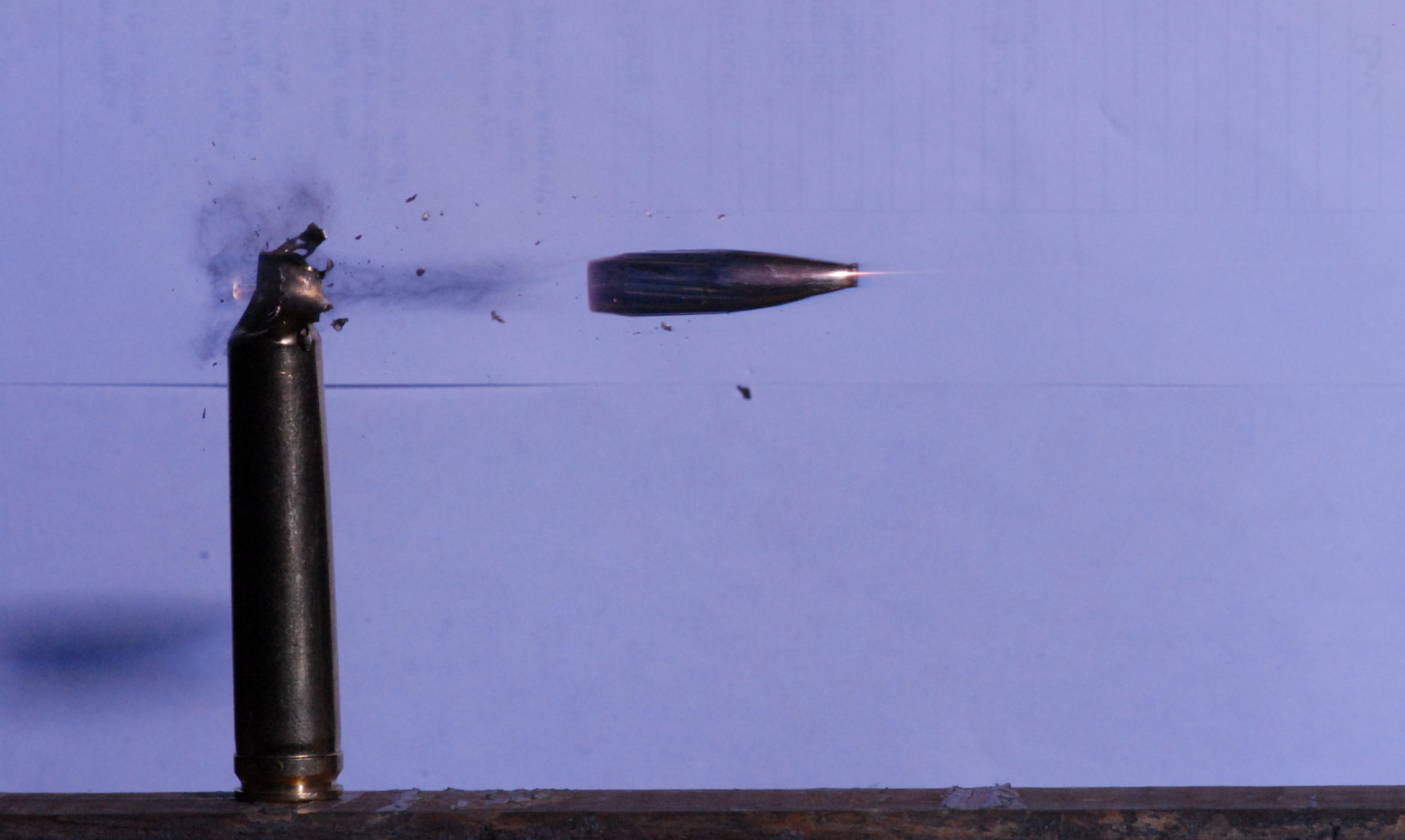
I recently got a pile of books made available to me on firearms, shooting, and ammunition. This book was in the stack and I casually flipped through it just to see what it was about. I did not get past the first five or six pages before I realized what a treasure trove of information was contained within its pages.
Before we get too deep into it, it is important to note that firearms and ammunition making are relatively mature technologies. Unlike electronics, a new cartridge is not obsolete as soon as it hits the shelves. Many of the cartridges and firearm designs we use today are just as effective as they were over 100 years ago when they were introduced. In fact with some of the advances in bullet and powder technology they are a bit more potent. A tour through some of the legacy ammunition manufacturing plants will reveal machines that have been operating for well over 75 years, churning out the same ammunition that our grandfathers used.
The maturity of the technology is worth pointing out as this book is a little over 30 years old and out of print. There are few discliplines today where a book written 30 years ago would still be relavant. The first publication was in May if 1990 with a second printing in February of 1992. The information contained within its pages is just as relevant today as when it was published. The out-of-print status has driven up the price to where I have seen it listed for anywhere from $300 to $600 dollars. Given we have a new generation of firearm enthusiasts I do no think it would be unwarranted to have a third printing done.
The author, George E. Frost work in the ammunition and firearms industry for 27 years and has plenty of first-hand experiences which he shares in the book. He also takes the time to tell about the history of the industry, the development of non-corrosive primers, annealing of case necks, and various other developments. Much like how Hatcher’s Notebook by Julian S. Hatcher told of the early days of the military testing and development of small arms, this could be considered a companion book telling of the commercial development of arms and ammunition.

I have provided some pictures of the book to give a glimpse of some of the information that the author shares. The book is geared more towards the reader who has an interest in the engineering and development of ammunition in the commercial sector. Someone who has a casual interest in reloading and shooting is likely to gloss over many of the nuggets of gold in this book. The reader can be a bit dry at times, but the abundance of first-hand experiences helps to illustrate the points and reinforce the practical application of the information being shared.
Granted most people will not read this book cover to cover, it is a good reference book to have on the shelf at the office. If you have an interest in designing or making your own draw dies, or understanding the forces involved in blanking, this book provides relevant examples an can be used as a starting point.
Given the book is about 30 years old, the pictures are all black and white, but the technical information and drawings looks to be complete. What information may be lacking can be either found in the text or in a copy of the Machinists Handbook.
The one thing of note is that Piezo measurement pressure systems have come a long way since this book was published. This is perhaps the one part of the book that is maybe a bit weak. As I pointed out earlier, we are in the middle of the great boom of the digital age, and what is shared in this book was current at the time of publication, but the equipment is a bit dated now. Do get me wrong, the industry still uses piezoelectric transducers, charge amps, oscilloscopes, and calibration ammunition. However, the systems tend to be much more integrated and purpose-built. Systems like the Oehler 85, now in common use, were at least a decade away from being developed at the time of publication.

With that said, the section on measuring pressure through the use of copper or lead crushers is probably one the best I personally have read and I have found it to be very insightful. There are still many old loads that have not had the newer piezo pressure standards applied. So this information while, dated, is still applicable. It also provides some insight on how the industry has changed and while older pressure specs may be recorded as PSI even though they were derived using CUP.
If it is not clear through text, or from the pictures I have posted, this book is a very in-depth look into the world of large-scale ammunition production. It does not cover much in the way of handloading, but there is information that will give a handloader a greater understanding of engineering and science that goes into the development and manufacture of the components utilized. If you happen to find a copy, and it is reasonably priced, this is a book that is worthwhile to have on your shelf.
An updated to this review. This book is available for free download from Archive.org. It does require the creation of a free account. I have provided the link to the book on Archive.org. If it ever is unavailable I may consider hosting it on this site. Thanks to Don for letting me know of this site, and the books availability!
https://archive.org/details/AmmunitionMakingNRAByG.Frost1990



